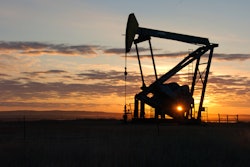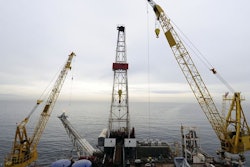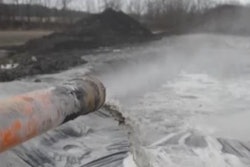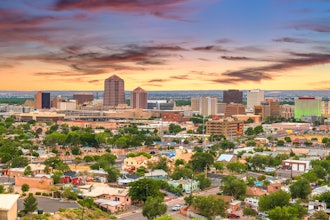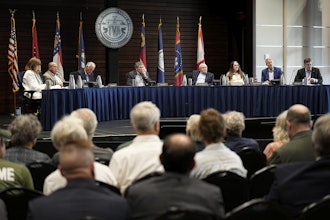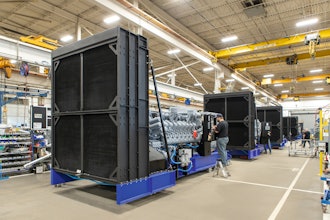Federal researchers are taking to the skies over the country's largest shale oilfields in hopes of measuring potential air pollution generated by fracking.
Scientists with the National Oceanic and Atmospheric Administration recently flew over Texas drilling sites in a hurricane-studying plane that's now equipped to serve as a flying air testing lab.
When the NOAA craft is airborne, one team of researchers tests pollution levels high above oilfields while teams on the ground take tests both upwind and downwind of drilling sites.
The teams track potentially harmful gases such as methane and ozone. They hope to measure the leak rate — the percentage of extracted material that leaks into the atmosphere — as well as gain an understanding of how that rate varies based on drilling techniques, equipment and regulations.
Fracking fueled a dramatic increase in U.S. crude production in recent years, but the practice of extracting fuel from shale formations also sparked a wide range of environmental and human health concerns.
With the Texas measurements wrapped up, the scientists will next head to North Dakota, the nation's no. 2 oil producer.
Researchers Testing Air Pollution Over Fracking Sites
Fracking fueled a dramatic increase in U.S. crude production in recent years, but the practice of extracting fuel from shale formations also sparked a wide range of environmental and human health concerns.
Apr 15, 2015
Latest in Energy




